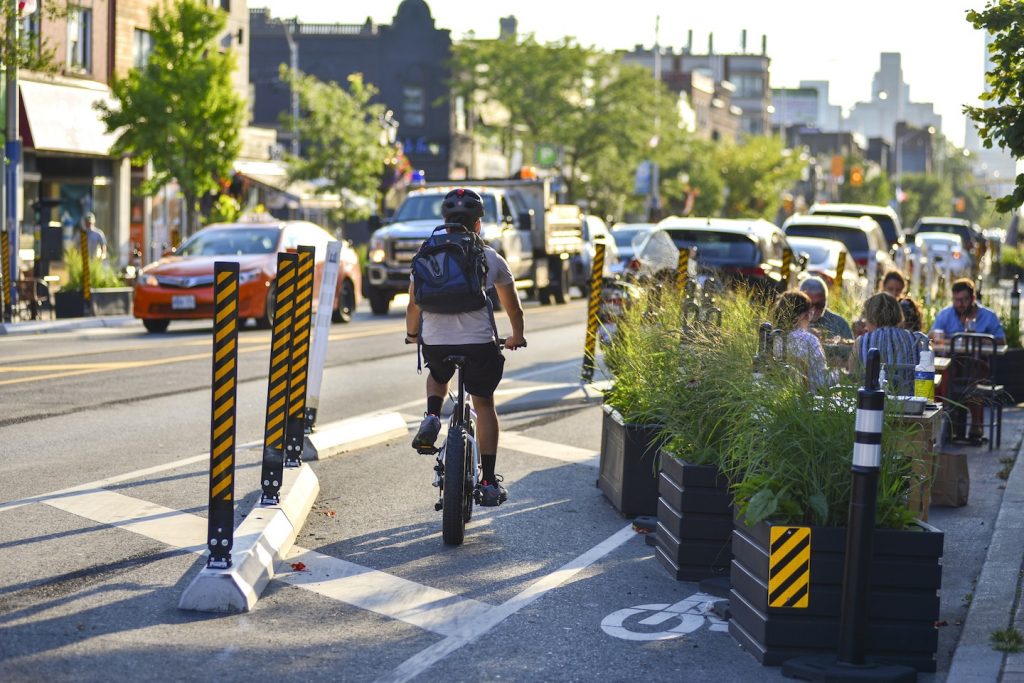• Flip Page • eNews • eSystems • eBikes • eAccessories • eAdventures • eCargo Bikes • eCities • eBike Tests • eFactory Tours • eRegulations •
eNews – Toronto Sees Unprecedented Cycling Expansion During Pandemic
October 10, 2020 - It’s been an unprecedented year for building cycling infrastructure in Toronto. Since January, Toronto has added almost 40km of new on-street cycling infrastructure and launched a network of quiet streets and major weekend road closures as part of the ActiveTO program.

Cycling infrastructure has been built on major roads, including Dundas St E, University Ave, and Brimley Road, and the Bloor-Danforth bike lanes now form a 15km east-west connection.
Two August traffic counts by Cycle Toronto and the David Suzuki Foundation showed over 4,000 people cycling per day along the Danforth, a 40% increase from two years ago. When the City closed off major roads to cars and opened them up to people, they counted 34,100 people cycling on the first weekend.
Support for these projects is high. Not only are people getting out and using this infrastructure, but a recent EKOS poll showed that 85% of Torontonians are in support of protected bike lanes. The same poll showed a high level of support for proposed road safety initiatives along Yonge St, including a new complete street in Midtown and a redesign downtown
Toronto’s new Bloor-Danforth bike lanes see huge rider increase during the pandemic that includes protected bike lanes and pedestrian-priority areas.
The City has also expanded Bike Share Toronto, which now has almost 7,000 bikes. This summer’s bike share expansion added 1,850 bikes, including 300 pedal-assist e-bikes. Thirty new neighbourhoods were added to the network, including North York and Scarborough.







